Portable Air Compressors
Portable air compressors offer flexible, mobile air power for various tasks and projects.
Portable air compressors play a remarkable role in expanding the capabilities of pneumatic tool enthusiasts. It’s the ability to transport power to where you need it most that makes them so valuable. Let’s dive into understanding these handy machines, their uses, and the considerations to keep in mind when choosing one.
What Are Portable Air Compressors?
Portable air compressors are compact, transportable units designed to deliver compressed air for various applications. Unlike stationary compressors, these are lighter, often fitted with wheels or handles, and aimed at making them convenient for on-the-go usage.
Types of Portable Air Compressors
Portable air compressors come in several configurations, each catering to different needs:
- Pancake Compressors: Known for their disc-shaped tanks, they are stable and ideal for light tasks like powering nail guns. Learn more about choosing an air compressor
- Hot Dog Compressors: These have a single cylindrical tank, offering a good balance for more involved tasks.
- Twin Stack Air Compressors: With two stacked tanks, these provide higher air capacity for extended tool usage.
- Wheelbarrow Compressors: Equipped with a horizontal tank and a wheel, they are fitting for heavy-duty tasks on construction sites. This type of compressor would likely be a stationary air compressor.
Real-World Applications
Portable air compressors are useful in numerous scenarios. Here are some everyday applications:
- Inflating Tires: Whether it’s your car, bicycle, or inflatable pool toys, compressors make inflation quick and effortless.
- Pneumatic Tools: From staplers to impact wrenches, portable compressors provide the necessary power for seamless operation.
- Cleaning: They are great for spraying away dust from hard-to-reach places in workshops or garages.
An article from Popular Mechanics offers an extensive list of innovative uses for portable air compressors that can be worth a read.
Key Considerations
When looking to purchase a portable air compressor, it’s valuable to keep certain factors in mind:
- CFM (Cubic Feet per Minute): This measures the airflow rate. Higher CFM means more powerful air delivery.
- Tank Size: A larger tank can run longer without refilling, beneficial for extended projects.
- Power Source: Consider whether a corded electric model or a gas-powered one fits your specific needs.
- Noise Level: Noise can be a concern, so check decibel ratings, particularly for indoor or residential use.
- Portability Features: Look for handles, wheels, or compact designs that can enhance mobility.
Maintenance Tips
Routine maintenance will ensure longevity and performance. Some basic tips include: Maintenance Tips.
- Check Oil Levels: For oil-lubricated models, maintaining proper oil levels is crucial.
- Drain the Tank: Regularly draining moisture from the tank prevents rust and contamination.
- Inspect Air Filters: Cleaning or replacing air filters can uphold efficiency and airflow.
Final Thoughts
Portable air compressors bring the flexibility and power pneumatic tool users aspire to integrate into their projects conveniently. By understanding your specific needs and the characteristics of different models, you can select a compressor that aligns well with your tasks. Choosing the Right Air Compressor for Your Needs will help you find the best fit. Each type of compressor has its unique applications and advantages, ensuring there is a suitable option for practically every requirement and user level.
With informed choices, portable air compressors can be a valuable addition to any toolkit, making tasks easier and more efficient while allowing for the thrill of potential in your pneumatic endeavors.
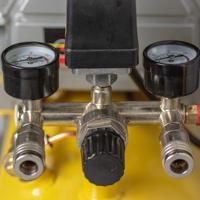
A guide to choosing the right portable air compressors for your DIY toolkit.
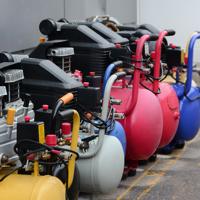
Find the right air compressor for your needs. Explore a range of models for various applications, from inflating tires to powering pneumatic tools.
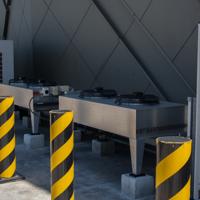
Stationary Air Compressors offer a steady and reliable compressed air solution for demanding tasks.
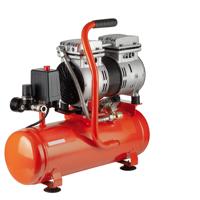
A guide detailing what you need to know about air compressor specifications, usage, and maintenance.
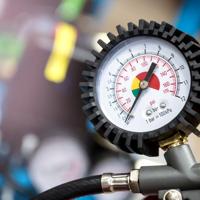
A guide on aligning air compressor features with your practical requirements.
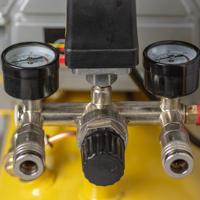
Clear advice on buying pneumatic power tools that matches your needs.
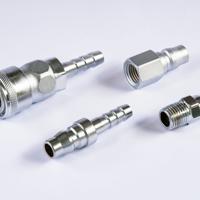
A focused guide on what to consider when purchasing air tools for your projects.
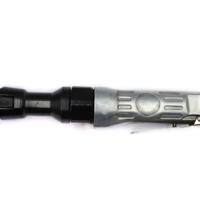
Air Drills deliver strong, reliable power through compressed air for versatile applications.